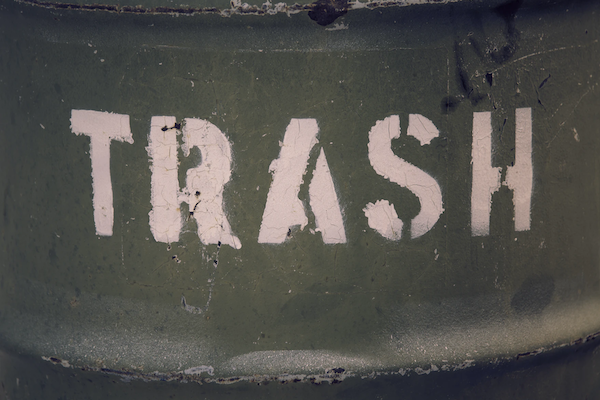
Many companies, including Proctor & Gamble have set goals of zero waste from manufacturing. For P&G, zero waste means zero manufacturing waste is disposed directly to the landfill or sent to incineration without energy recovery by the site, except where local legal requirements specify that regulated wastes must be disposed in a landfill. This is simply material waste from manufacturing.
Continuous Improvement Requires Waste Reduction
Waste reduction is also a core component of Continuous Improvement or Lean Six Sigma initiatives in manufacturing. But it is not all about material waste. The Japanese look at manufacturing waste in a broader context, where they call it “Muda” which is a Japanese word meaning "futility; uselessness; or wastefulness", and is a key concept in lean process improvement thinking. Another example is the Toyota Production System (TPS) for optimal allocation of resources. TPS calls out 8 types of waste, including:
- Transport- Moving products that are not actually required to perform the processing
- Inventory- All components, work in process, and finished product not being processed
- Motion- People or equipment moving or walking more than is required to perform the processing
- Waiting- Waiting for the next production step
- Overproduction- Production ahead of demand
- Overprocessing- Results from poor tool or product design creating activity
- Defects- The effort involved in inspecting for and fixing defects
- Unused Workers- Waste of underutilized workers
Fundamental, a good practice for continuous improvement in manufacturing has been the analysis of data. This is typically a very manual process involving tools like Microsoft Excel and other reporting software. Artificial Intelligence (AI) is empowering many functions in manufacturing and is becoming more common in maintenance optimization, quality management and energy efficiency. AI can also deliver great benefits for manufacturing supply chains, and support decision-making to be more transparent, safer, accountable, and informed. It does this through the identification of anomalies and give insights not easily seen and monitored by humans.
Material Traceability Comes Of Age
Traceability ties to Six Sigma programs by providing vital tools that help improve customer satisfaction by enhancing processes that can reduce the liability associated with food and beverage manufacturing. A traceability system can provide clear insight into the various steps in the manufacturing supply chain that impact a finished product. That information can then be used for a variety of purposes including process improvement, defect resolution, regulation compliance, brand integrity, and direct and indirect cost savings.
Consider taking this concept of material traceability and lean Six Sigma out of the plant and to the entire supply chain to reduce waste. Key data around times, temperatures, rates, mixtures, and locations can be tracked through an AI-based system to uncover cause and effects that contribute to waste. Because AI can be self-learning, it can become even better at uncovering waste the more that you use it.
More specifically, for the 8 areas of waste or Muda defined in the TPS, material traceability can:
- For Transport- Identify travel events and potential timing improvements
- Inventory quantities and where there is more stock than needed
- Motion- Suboptimal movement of material, like moving from silo to silo without a good reason
- Waiting- Material that is waiting to move, and may be spoiled because of the delay
- Overproduction- Harvesting or stockpiling before product or material is needed
- Overprocessing- Where a process should be redesigned to fewer steps
- Defects- Predicting when product will spoil and acting before the event
- Unused Workers- Tracking employee activity vs actual production activity
Material Traceability As Part Of Lean Six Sigma And How ThinkIQ Can Help
ThinkIQ, a pioneer of Digital Manufacturing Transformation SaaS and delivers unprecedented material traceability and insight into ways to improve yield, quality, safety, compliance, and brand confidence. Our fact-based granular and data-centric contextualized view of material flows, and related provenance attribute data integrates into existing IoT and OT infrastructures and crosses supply chains to manufacturing processes and beyond. Our customers have saved $10’s of millions by identifying waste and underperforming assets, as well as reducing warranty reserves for quality and safety issues.
Contact us today to learn more about how this transformational technology can help reduce waste at the source or you can download our new eBook titled "Advanced Material Traceability Revolutionizes Digital Transformation"

